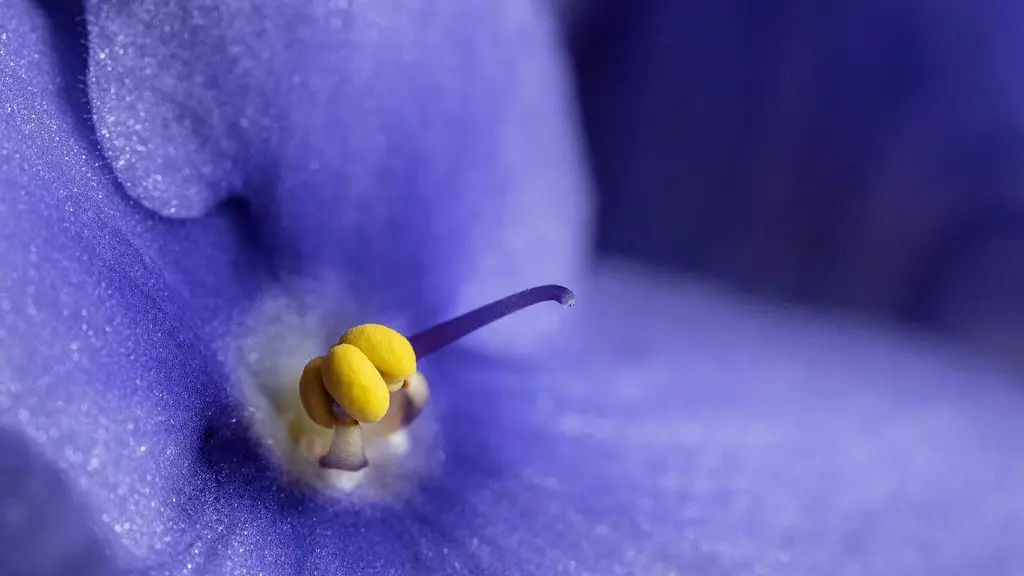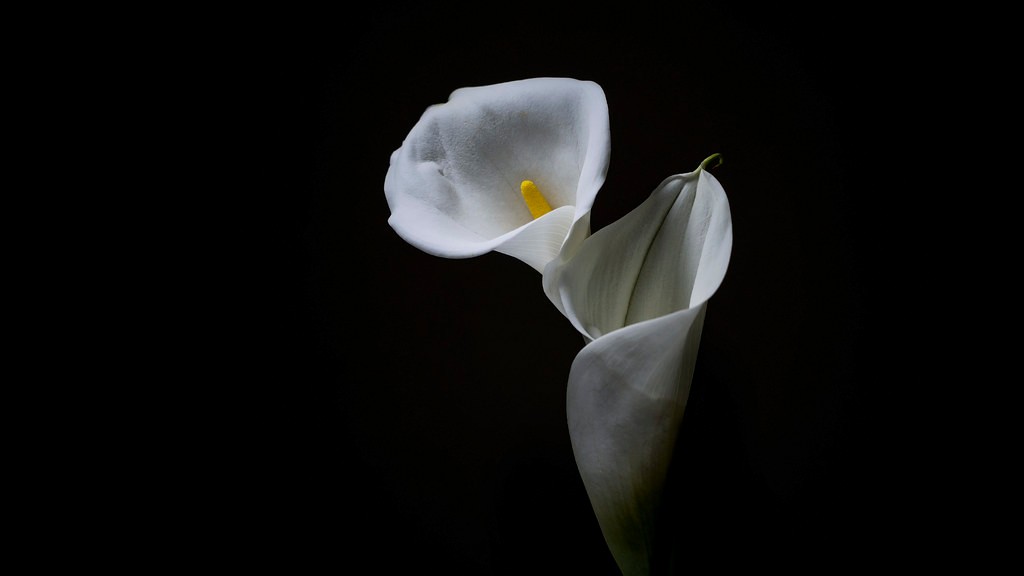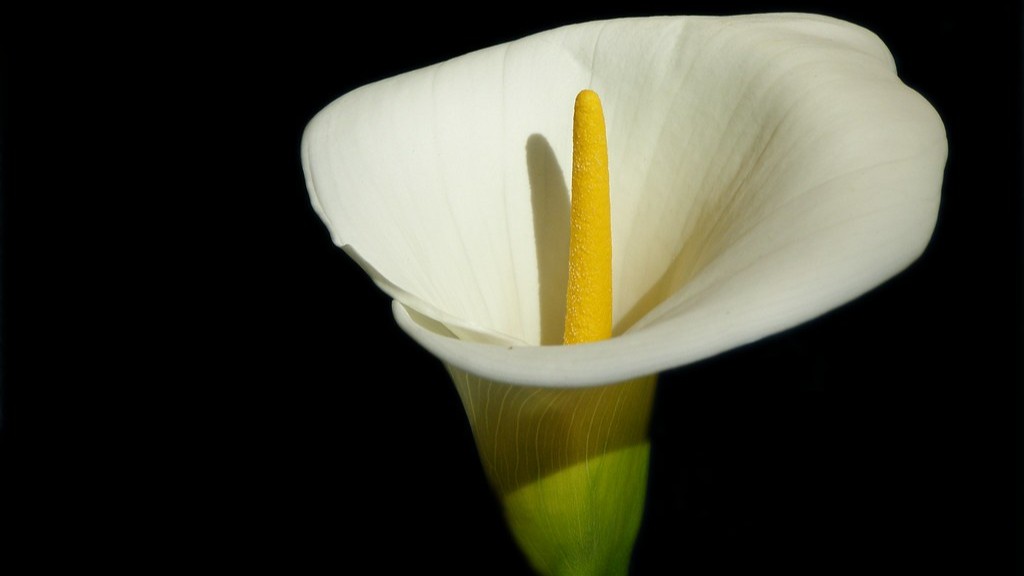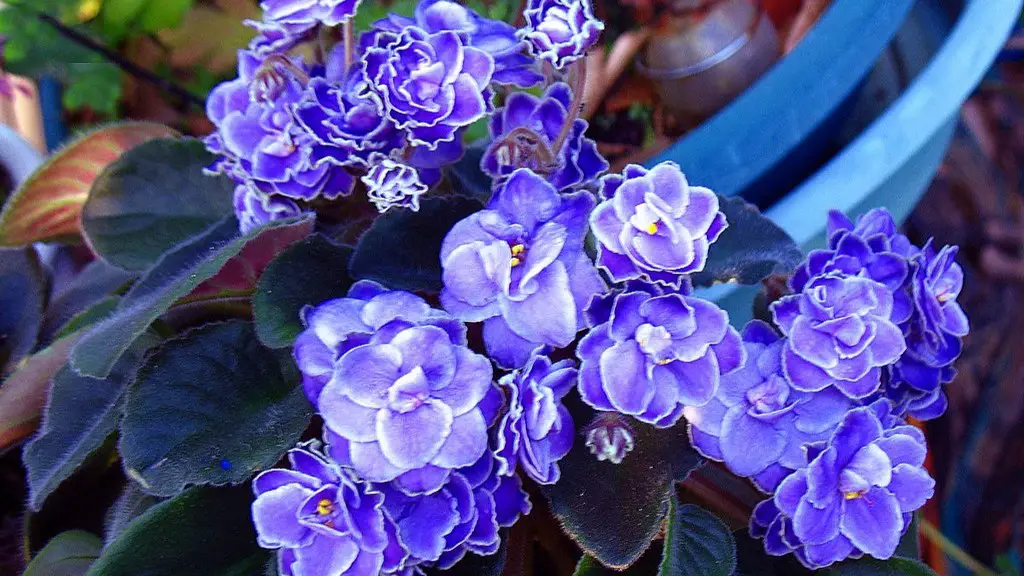African violets are beautiful, flowering plants that are native to Africa. They can be found in a variety of colors, including purple, pink, and white. Although they are typically easy to care for, getting them to bloom can be a bit more challenging. With proper care and attention, however, you can encourage your African violets to bloom. Here are a few tips on how to make African violets bloom:
African violets need bright, indirect sunlight and be kept moist, but not wet. The soil should be loose and well-drained. Fertilize regularly with a half-strength fertilizer.
How do you force an African violet to bloom?
If your African violet isn’t blooming, it’s likely because it’s not getting enough light. African violets need indirect sunlight, as direct sunlight can burn the leaves. Choose a north- or east- facing window for best results. Keep plants away from cold glass and rotate the pot once a week so all leaves receive light.
African violets are a type of plant that can bloom nearly year-round. If you are able to provide the correct conditions, expect your African violets to bloom 10-12 months each year. Each bloom lasts for about 2-3 weeks.
How long does it take for an African violet to rebloom
African violets typically bloom several times a year, with each bloom lasting several weeks. If you remove the old flowers (known as disbudding), new flowers will usually appear within 6 to 8 weeks. The right growing conditions are important for African violets to thrive, and this includes providing them with adequate light, water, and humidity.
Epsom salts are a great way to provide your plants with essential magnesium and sulfur. These two minerals are needed to produce beautiful blooms and healthy foliage. To use, mix one and a half teaspoons of Epsom salts in a quart of tepid water and swirl to dissolve. Water your African violets (below the leaves) with this solution once a month.
What causes African violets not to bloom?
If you want your African violets to bloom well, make sure they get plenty of bright, indirect sunlight. Too little sunlight will cause the plants to stretch for the light and produce few or no flowers; too much sun can burn the leaves. An east-facing window is ideal, especially with a sheer curtain to block the sun’s harshest rays.
If you’re growing African violets indoors, it’s important to use a potting mix that is well-drained and slightly acidic. Miracle-Gro® Indoor Potting Mix is specially formulated to provide African violets with the perfect growing environment.
How often should a African violet be watered?
A wicking system is a great way to make sure your African violets are never over watered. The system works by only watering the plant once a week and allowing the plant to completely dry between waterings.
African violets are usually best watered from the bottom, using lukewarm or warm water. If watering from the top, be careful not to get water on the leaves when the plant is in the sun, as this can cause leaf spots.
Should African violets be misted
It is important to water African violets carefully so that the crown of the plant does not become saturated with water, which can cause crown rot. Do not mist the foliage of the plant, as this can cause permanent leaf spotting. Use room-temperature water to water the plant.
Many growers find that fertilizing their African violets once a week with a mild fertilizer designed for the plants produces the best results. A balanced fertilizer formula such as a 20-20-20 or one that has slightly more phosphorus, like a 15-20-15, is usually a good choice for most growing situations.
What pots are best for African violets?
African violets are beautiful, delicate flowers that require special care when it comes to watering and potting. Here are six of the best pots for African violets, to help make sure your plants stay healthy and vibrant:
1. Mkono 3 Pack Self Watering Plastic Planter: These plastic self-watering pots are a great option for those who want an easy-to-use, low-maintenance option. The pots have a water reservoir at the bottom that keeps the soil moist, and a wicking system that draws water up as needed.
2. Ceramic Pot with Saucer: A classic potting option, a ceramic pot with a saucer is a great choice for African violets. Be sure to choose a pot with a drainage hole in the bottom to prevent overwatering.
3. Blue Self Watering Ceramic Planter: This self-watering ceramic planter is a beautiful option that will help you keep your African violets healthy and hydrated. The planter has a built-in water reservoir and wicking system that will keep the soil moist without the risk of overwatering.
4. Aquaphoric Self Watering Planter: The Aquaphoric
Pruning African Violet leaves is important to keep the plant healthy. Remove three or more bottom leaves every month. This helps make room for new growth and gives the remaining foliage space to stretch out a bit. To free up even more energy, remove any dead or dying flowers during leaf pruning.
Is baking soda good for African violets
If your African violets are suffering from powdery mildew and you haven’t had any success improving the situation with baking soda, you may want to try spraying them lightly with a mixture of Lysol or another household disinfectant. Be careful not to get too much spray on the leaves, as this could cause further damage.
Adding hydrogen peroxide to water can help prevent algae growth, but it’s important to make sure that the plant is able to soak up the water. Otherwise, you can try pouring the water through the top of the pot to help the plant absorb the water.
What do Overwatered African violets look like?
If you have over-watered your African Violet plant, the soil will retain too much water. This retention of water can cause the leaves and/or leaf stems to turn soft, limp or mushy. If this happens, you will need to allow the plant to dry out completely and then start watering it more carefully.
Watering your African violet from the bottom up is the best way to do it. Place your plant in a shallow tray of water for 30 minutes, allowing the soil to soak up the water through the drainage holes at the bottom of the pot. This will ensure that your plant gets the moisture it needs without getting the leaves wet, which can cause problems.
Warp Up
Clear away any dead leaves or flowers from the plant. Remove spent blooms by cutting them off at the base of the stem with a sharp knife or gardening shears.
African violets need bright light to bloom, but direct sunlight will scorch their leaves. Place the plant near a south- or west-facing window. If you don’t have a suitable spot in your home, you can grow African violets under fluorescent lights.
Water African violets when the soil feels dry to the touch. Water the soil, not the leaves, and be sure to use lukewarm water. Too much or too little water can cause the plant to drop its buds.
Fertilize African violets every two weeks with a water-soluble fertilizer designed for blooming plants. Follow the directions on the package.
African violets need a humidity level between 40 and 60 percent to bloom. If the air in your home is too dry, set the plant on a tray of pebbles and water.
There are a few things you can do to encourage your African violets to bloom. First, make sure they are getting enough light – African violets need at least 12 hours of light each day in order to bloom. Secondly, be sure to fertilize your plants regularly – African violets need a high-phosphorus fertilizer in order to bloom. Finally, make sure you are not overwatering your plants – African violets are susceptible to root rot, so it is important to make sure they are not sitting in water. By following these simple tips, you should see an increase in blooms on your African violets.





